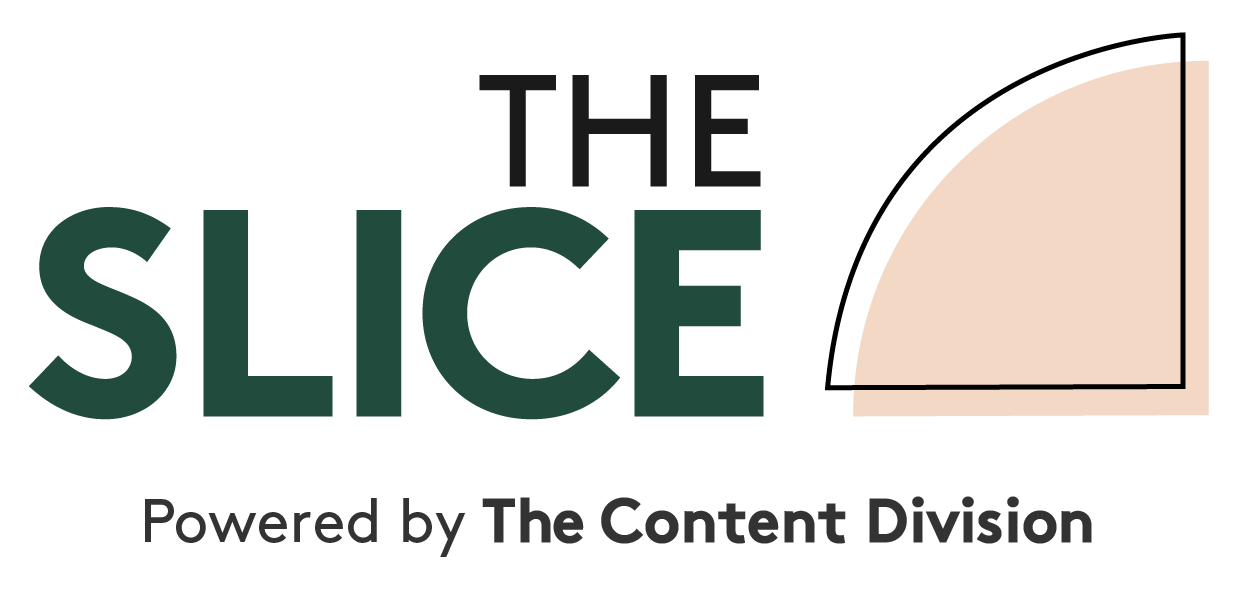
Content creators are all too familiar with the sight of a blinking cursor on a fresh blank page. Pulsating. Begging to the beat of one-second intervals for you to begin what will ideally polish up as a wildly compelling piece of shareable content – something witty, entertaining and informative, that’s a hit with audiences and ticks all the boxes at a brand level.
A whole online dictionary of words to choose from. But which ones? And in what order?
Even the most seasoned of writers can have days where they find themselves scratching their heads for where to begin. And while this can make the writing process seem daunting at times – if you let it – therein lies the beauty. There is no right or wrong. Just possibilities.
The trick? To develop your own writing process and come to understand what works best for you. So we’re taking a sneak peek into different writers’ personal approaches to crafting a long-form feature article to share their insights and tips, and demonstrate just how unique the writing process can be.
Brian Crisp – Head of SUDDEN.ly Queensland, News Corp Australia
Nothing happens for me until I have the intro. I know some people write the bulk of the story and then work on the intro, but my whole process is centred on crafting those opening lines and then building the story from the top down.
If I have the luxury of time, I might think about it for days before I sit down and get started. I find the idea for the intro will come when it comes. It might be first thing in the morning, or it might be at a logical work time like 10am.
When I’m writing, I’ll do the rewrite process constantly and establish the logical flow of the story as I go. So once I have five sentences or so, I’ll go back and read over it to make sure it works and the story is going in the right direction. Once I’m finished, I’ll come back the next day to re-read and edit from there.
If I get stuck on a word or a phrase here or there, I tend to leave it and go do something else to clear my mind. When I get home I’ll often grab the guitar, and as I start to play I’ll think about what should come next. That usually does the trick.
Ashton Tuckerman – Brand Marketing Manager, Youfoodz
I know lots of people write lineally – start to finish – but my style is like pieces of a puzzle I’m constantly rearranging. When I’ve got my idea, generally I put down a couple of free points scattered around a word document and jump between them, elaborating on those ideas one at a time, in no particular order, as it comes to me. Then I’ll re-arrange it accordingly. This is how I like to work broadly, with lots of things open and on the go at once.
If two ideas are connected, I keep in mind how I’m going to bridge them as I go, or if I need to move them around to find a better flow. I’ll always write an intro paragraph at the start, then come back to it at the end to really sharpen it up and strip it back to make sure it’s the strongest possible opener.
Once that’s all done, I generally won’t publish it straight away. I’ll leave it for a few hours or a day, and read over it again with fresh eyes before sending it into the world.
Hugh Lunn – Journalist & Author
These days I only write about things that I think are really interesting stories. Writing is hard work. It’s like tennis – you have to practise to get a great forearm. You have to get inside your mind, shut out distractions and think of the reader with every line – taking into account every detail you want to get across.
As I’m writing, I visualise it all happening in my head – especially if I’m writing a play or a book. I tend to keep lots of notes and I’ll keep looking back over them as I decide how to plan out the story, and then try to work out how I’ll start the story because the start is the most important thing.
I always carry a book and pen on me too, because you get little thoughts and memories just pop up, and if you don’t write them down straight way they might disappear forever. What’s so interesting about the written word though is that everyone will write something completely different based off the exact same brief. And that’s absolutely fine.
Lastly, everyone needs a deadline. Otherwise it’s far too easy to put it off.
Kurt Sanders – Head of Strategy, The Content Division
I write fast, and I write how I speak. There’s no point writing slowly in your first draft – it just doesn’t make sense. Get those ideas down on the keyboard as quickly as possible. Type and don’t look up. Then when you re-read it, you have time to hate yourself for just how terrible it is.
But really that is the best part.
It gives you time to grab a coffee, then go through and re-write. And I mean re-write. You’ll be amazed how you can turn a phrase, make new creative topic connections within your writing and just generally create something people actually want to read. The voice, the tone, the speed – it’s all easier to craft when the draft is done.
It also allows you to nail the rhythm of the piece. You may want to string together a longer sentence that plumbs the depths of your topic, and puts your opinions, research and feelings out there. Then shorter sentences. And a breath. You know, for impact.
See what I did there?
Never be afraid to think of your writing as a character. In the age of content shock, having a voice that’s yours alone is solid gold.
Felicity Loughrey – Content Creator, Head Ovary Heels
Once I’ve done my interviews and transcripts, my first step is always to comb through the copy and highlight the most interesting sections – whether it’s a particular quote that I like or an important piece of information that’s essential to the story.
If it needs to be a 1000-word article, then I know I’ll need about 10 bullet points to make 10 paragraphs of around 100 words. I’ve got my structure. Then once I have the bones of the article, I’ll work through it to weave it all together and make it flow from top to bottom.
The next step? Edit, edit edit. Each time making it tighter and tighter, better and better. I always use another set of eyes to proofread my copy too, because they’ll alway see things that you don’t. It’s easy to overlook silly mistakes when you’re familiar with the copy.
I’m a big believer in having a really powerful intro and ending. They can make or break your story. And the reader has got to learn something they didn’t know before. Otherwise, what’s the point of reading your article?
Paul Ewart – Freelance Journalist
I write across many different genres and topics, so naturally my process varies, but with every single story I write I’ll already know my headline and exactly what the angle is before I begin. Then it’s all about doing the research and getting quotes to support my hypothesis and finding all those little details that make the story really stand out.
If it’s a first-person travel feature that I’m writing, then I’ll have a rough idea of how the piece will go before I’m even there in the flesh experiencing it. Then I’ll take notes as I go about what I see, hear, smell and do, and discover all the finer details to include in the story to bring that destination to life.
When I’m in the thick of writing, I tend to keep all my ideas, research and interviews on the one document, shuffling the various quotes and pieces of information to the top of the page as I embed it, or rewrite it, into the story.
I fact check as I go and edit along the way too. I have a tendency to be generous with my words, so I typically have to go back to take words out as a final step, plus one more edit (maybe two) to really polish it off.





